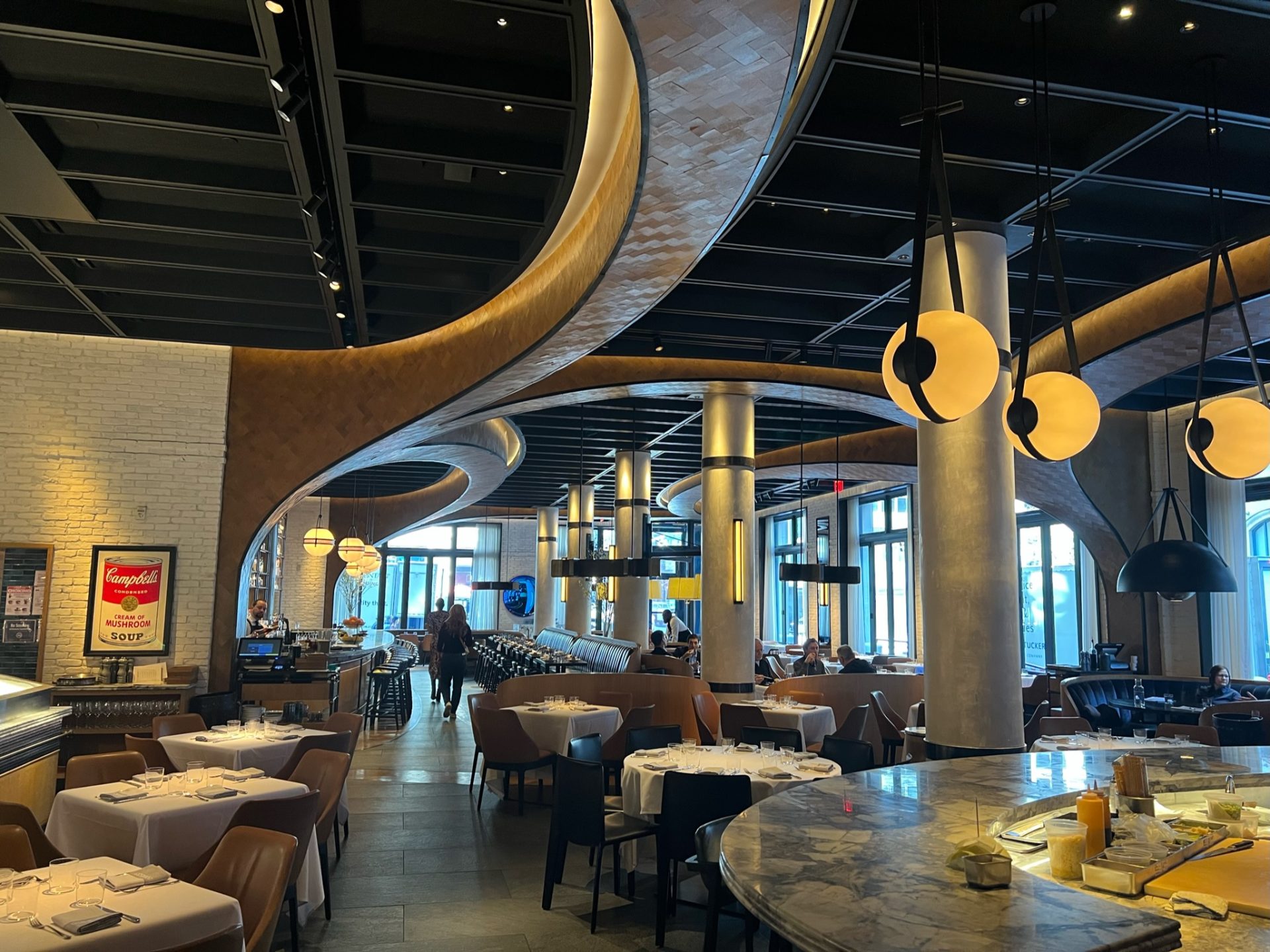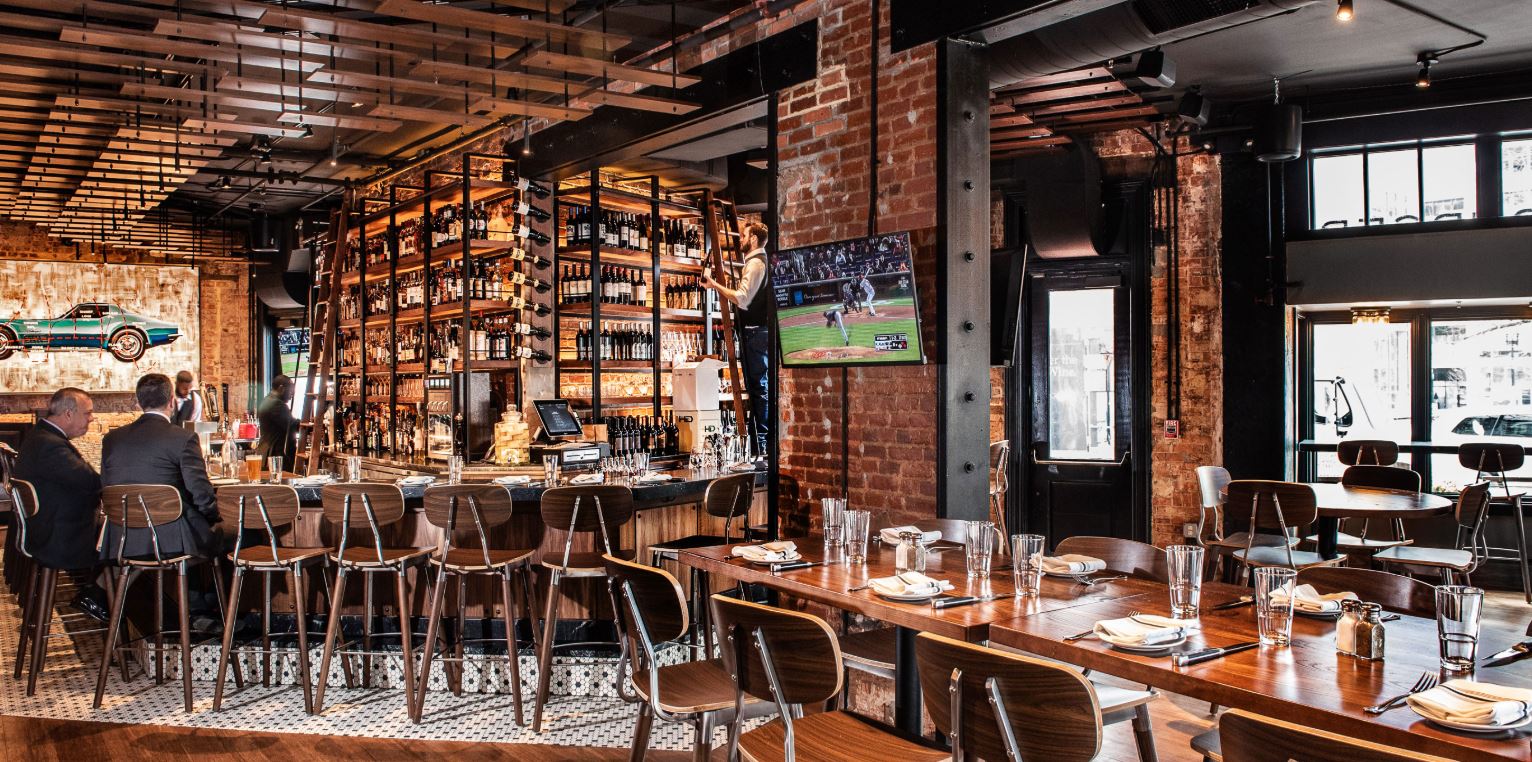Savor Authentic Asian Food With a Pan-Asian Twist for a Cooking Adventure
Getting started on a cooking trip through authentic Eastern cuisine, enhanced with a Pan-Asian twist, supplies a special possibility to explore the abundant tapestry of tastes that define the area's varied cooking practices. As you contemplate these luring recipes, take into consideration the cultural narratives and historic influences that shape them, each bite using a story waiting to be uncovered. Chinese food Islamabad.

Exploring Pan-Asian Tastes
In the world of global gastronomy, Pan-Asian food attracts attention for its remarkable variety and the unified interaction of tastes from different Eastern cultures. This cooking approach commemorates the one-of-a-kind ingredients and rich customs discovered throughout the continent, producing a tapestry of preferences that is both interesting and gratifying. Secret to Pan-Asian cuisine is its capability to stabilize different flavors-- wonderful, salty, spicy, and sour-- while highlighting the quality and high quality of each component.
From the umami-rich soy sauce of Japan to the fiery chili peppers of Thailand, Pan-Asian food supplies a considerable palette of flavors. These components are frequently combined in innovative methods, enhancing dishes with layers of complexity. As an example, making use of great smelling natural herbs such as lemongrass and cilantro, common in Vietnamese and Thai food, adds a revitalizing brightness to meals, while the incorporation of coconut milk delivers a luscious, abundant structure.
The focus on fresh fruit and vegetables and fragrant flavors guarantees that each dish is not just a banquet for the preference buds however likewise for the senses. Pan-Asian food invites restaurants to start a culinary journey, exploring the huge and differed landscapes of Oriental gastronomy with every bite.
Blend Dishes to Attempt
While Pan-Asian food is celebrated for its conventional tastes, the contemporary culinary landscape is progressively embracing combination meals that blend these classic components with impacts from various other regions. This ingenious strategy not just honors the abundant heritage of Eastern cookeries but also introduces novel preference experiences that interest modern tastes.
A prime example of such a combination meal is the Korean-Mexican taco, where marinated bulgogi beef is covered in a cozy tortilla, covered with kimchi and a spicy gochujang-infused salsa. This mix weds the bold, tasty tastes of Korea with the vivid, fresh aspects of Mexican cuisine. Likewise, sushi burritos have actually gained popularity, integrating the fragile virtuosity of Japanese sushi with the hearty, hand-held comfort of a burrito, commonly featuring blend components like tempura shrimp and avocado with a drizzle of wasabi mayo.
An additional significant dish is Thai curry ramen, which instills the creamy, fragrant seasonings of Thai curry right into the calming brew of standard Japanese ramen, creating an unified mix that entices the senses. These blend meals extend beyond plain uniqueness; they represent a culinary dialogue between societies, encouraging exploration and technology on the planet of Pan-Asian cuisine.
Necessary Components and Seasonings
To truly appreciate Pan-Asian food, one have to understand the crucial active ingredients and seasonings that develop its foundation. This varied culinary style attracts from an abundant tapestry of Asian customs, utilizing a harmonious mix of structures and flavors. Key components consist of soy sauce, fish sauce, and oyster sauce, which present a full-flavored umami depth important to Asian recipes. Corresponding to these are rice vinegar and mirin, offering a delicate acidity and sweet taste.
Fragrant components are essential, with garlic, lemongrass, and ginger being common throughout numerous Pan-Asian dishes. These active ingredients give a fragrant base that boosts the intricacy of flavors. Spices such as celebrity anise, cardamom, and cinnamon present warmth and character, echoing impacts from areas like China and India.

Food Preparation Methods and Tips
Understanding the art of Pan-Asian cuisine calls for familiarity with its distinctive cooking methods, each adding to the vibrant tapestry of flavors this cooking practice is commemorated for. Central to these approaches is the stir-fry, a fast food preparation technique that protects the nutritional honesty and dazzling shades of ingredients. Utilizing a wok, the stir-fry technique enables even warm distribution, essential for attaining the particular structure and taste equilibrium of Pan-Asian dishes.
One more essential strategy is steaming, specifically widespread in Chinese food. This gentle technique preserves the natural flavors and nutrients of active ingredients, making it ideal for seafood and vegetables. Dumplings, a precious staple, typically take advantage of steaming, causing soft, succulent structures.
Barbecuing, additionally indispensable, gives smoky depths to recipes such as Oriental bulgogi or Japanese yakitori (Best ambiance restaurants Islamabad). This strategy frequently entails seasoning active ingredients, enabling flavors to penetrate deeply before cooking over an open fire or warmer
Lastly, understanding the art of balancing flavors-- sweet, sour, salty, bitter, and umami-- is vital. Properly layering these elements can elevate a meal from regular to extraordinary, supplying a complicated and satisfying cooking experience that symbolizes the significance of Pan-Asian food.
Dining Experiences Worldwide
Around the world, Pan-Asian cuisine uses an unmatched dining experience, celebrated for its abundant tapestry of flavors and vibrant presentations. This culinary phenomenon has actually transcended social boundaries, capturing the hearts and tastes buds of food enthusiasts worldwide. In worldwide cities like New York, London, and Sydney, Pan-Asian restaurants act as melting pots where culinary practices from Thailand, Japan, China, and past merge, giving restaurants with a diverse mix of recipes that highlight the region's variety.
The worldwide allure of Pan-Asian food depends on its capacity to supply both credibility and technology. Chefs skillfully marry traditional active ingredients such as lemongrass, soy sauce, Click This Link and miso with best tacos near me contemporary methods, causing meals that are both refreshingly new and familiar. This blend allows restaurants to start a cooking journey that appreciates heritage while embracing modernity.
Furthermore, eating experiences are raised via thoughtfully developed atmospheres that mirror the principles of Pan-Asian aesthetic appeals. From minimal Japanese-inspired interiors to vibrant Thai-themed spaces, each restaurant provides an one-of-a-kind ambiance that complements the cooking offerings. As an outcome, clients are not just consuming a meal however partaking in a social experience, making Pan-Asian eating a truly international phenomenon.
Verdict
The expedition of Pan-Asian food supplies an extensive understanding of the detailed interaction of tastes and culinary traditions across Asia. By accepting combination dishes such as Thai curry ramen and sushi burritos, the culinary journey not only highlights the flexibility of typical active ingredients yet additionally showcases cutting-edge contemporary methods. This gastronomic adventure, enhanced by cooking techniques and vital flavors, offers an one-of-a-kind chance to appreciate the multiculturalism and culinary artistry that specify Pan-Asian cuisine on a global range.
Getting started on a cooking trip through genuine Asian cuisine, boosted with a Pan-Asian twist, supplies an unique chance to discover the rich tapestry of flavors that specify the area's diverse cooking practices.In the world of global gastronomy, Pan-Asian food stands out for its remarkable variety and the harmonious interaction of flavors from numerous Oriental societies. Secret to Pan-Asian food is its ability to stabilize contrasting tastes-- sweet, salty, spicy, and sour-- while highlighting the quality and high quality of each ingredient.
